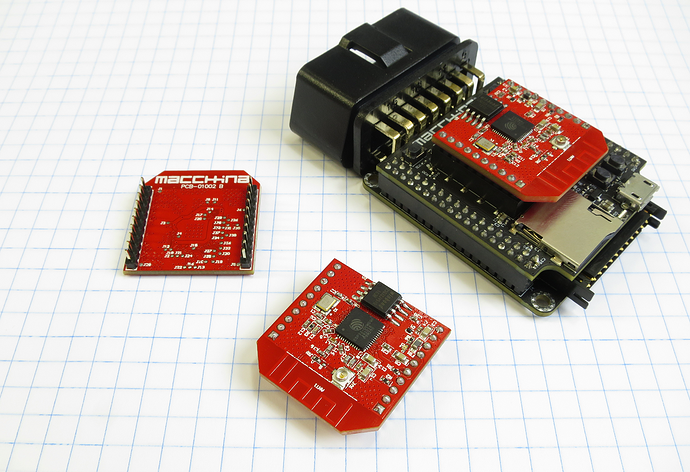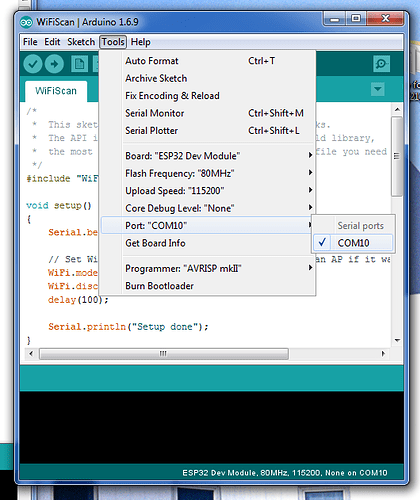As sort of a reward and thank you for all you developers active on (or at least reading) our forum, we wanted to make a handful of our ESP32-based WIFI/BLE modules available to you first! We have around 25 of these little ESP32 based boards ready to send out and plug into your M2. This would be the 2nd revision we’ve built with the help of Espressif, who helped us tune the trace antenna.
We’ve done a bit of testing with these and they work quite well. The Espressif repo is very active with many new features/examples added all the time. You can even use the Arduino IDE to program these.
For more advanced functionality, you can use the “Espressif IoT Development Framework”
How do you get one?
Stop over to our store, place an order and we’ll send you one of these for free within the US. We need to charge $15 shipping for international orders.
https://www.macchina.cc/content/esp32-wireless-module
So, why are we charging you $14 for these beta boards? We think this is a small barrier to entry to ensure that they end up in the hands of the most motivated developers. Plus, just like our M2 Developer Edition program, if you post up a cool project, share some sweet code or otherwise contribute to the open source community, we’ll send you a “release” version of this board later.
Project ideas:
- Make M2 work with ELM-based apps (like Torque)
- Wireless bootloading of both ESP32 and M2
- more to follow…
Looking forward to your feedback and seeing some cool projects!



 .
.